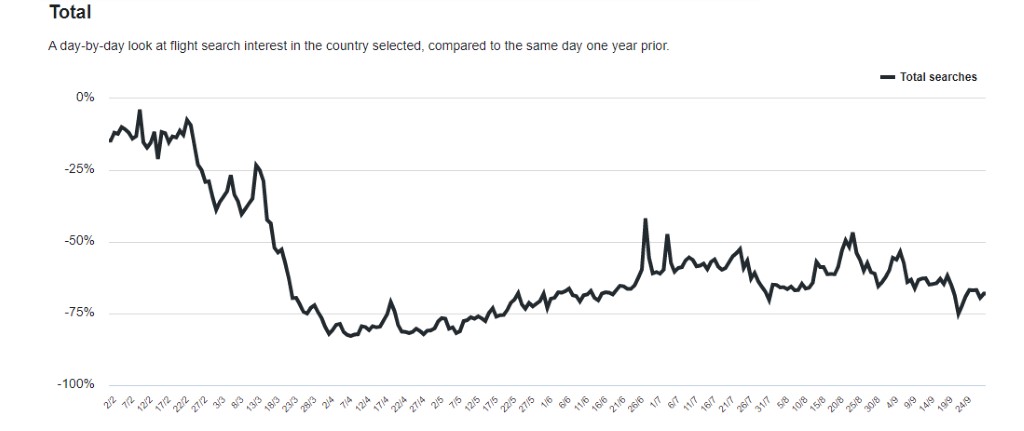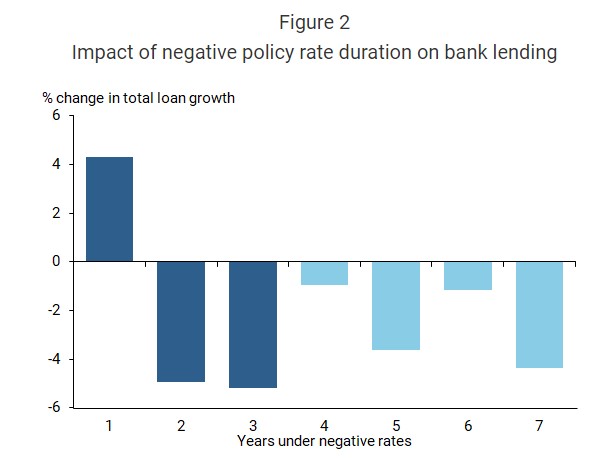
Wednesday Sep 30 2020 08:10

6 min
Staying up for the first Presidential debate would hardly have been worth it. Unedifying is the best word to describe. Biden held his own and the president missed his chance, mainly by talking over his rival at any opportunity; he did not allow Biden enough rope to hang himself.
Race featured prominently, but Trump only played to his base. This was the disruptive, abrasive Twitter Trump. We await to see whether the spectacle has had any impact on the up to one in ten voters yet to make up their minds. As grandpa Wilson would have said, I hae ma doots.
And as I keep saying, what matters in the US Presidential Election will be turnout in key battleground states and for this Trump needs it to be as rancorous as possible to energise his base. There is talk Biden won’t want to do more debates – that would be a mistake and make him look worse than he does after a relatively successful outing for the Democrat nominee, given the low expectations.
Stock markets fell yesterday, with European bourses down but off the lows. The FTSE 100 ended under 5,900. The S&P 500 butted its head against the 50-day moving average and came off to finish at 3,335.
US futures indicated further losses for Wall Street after the debate concluded. Asian markets were mixed. European stocks were mixed at the open but turned green after a weak start and the FTSE 100 rose above 5,900 with a weaker pound helping.
Month- and quarter-end rebalancing flows may make for volatility today. With US stock markets enduring a tough month there could be some reallocation back into equities that lifts Wall Street later.
Treasury yields ticked lower with bonds finding some bid, with the 10-year benchmark yield to 0.64%, its weakest since the start of September. I think last night gave the market a taste of the kind of election jitters to expect – the only thing the market wants is to get this election out of the way and draw a line under the whole charade.
Having kicked on from the 100-day line, gold firmed as TIPS moved more into negative territory but failed to clear $1,900.
The response in FX to the debate was a bit ‘meh’, but the dollar continued to ease back off the highs struck late last week and early this week, with DXY moving under 94, with bears eyeing the support at 93.70.
Later today is the ADP nonfarm report, which comes two days before the final NFP report ahead of the election. GBPUSD declined in early trade to test the 1.28 round number but the pair remains very much in its range of 1.27-30 that has bounded the price action for the last 3 weeks.
Britain’s economy contracted the most on record in the second quarter, albeit the 19.8% drop in GDP was less than the previously estimated 20.4%. Whilst this is backwards looking, just how optimistic can we be about the near future?
Rising cases here threaten to mean further restrictions on our liberty that will act to further depress economic activity and consumer sentiment. Meanwhile unemployment will undoubtedly rise, harming the consumer sector even further.
Compass Group’s pre-close update contained some worrying signals for investors about this very problem, with management warning that the pace at which revenues and margins will recover remains unclear, especially given the possible increase in lockdown measures in the Northern Hemisphere through the winter months.
Group revenues fell about 19%, with Europe –25%, North America –19% and the Rest of World –9%. Sports and Leisure businesses in Europe and North America remain closed, but there has good recovery in Education and Healthcare. Shares fell 4%.
Lockdowns and expected disruption to arrangements mean airline shareholders need to keep a close eye on forward booking trends. Flight searchers are down anything from 60-80% from a year before, according to Kayak. The chart below shows demand for the UK over the course of the year. The figures for the rest of Europe are comparable.

Talk of negative interest rates has been doing the rounds a lot on Threadneedle Street of late. But the Bank of England would be well advised to consider a Federal Reserve study that says the European Central Bank (ECB) made a big error when it opted for negative rates.
As repeatedly stressed in these columns, negative rates represent a monetary policy black hole from which it is very hard to escape and it harms banks, eroding their profits and capital ratios over time.
The study from the San Francisco Fed notes that “banks expand lending only temporarily under negative rates” and “as negative rates persist, they drag on bank profitability even more”.
It concludes: “While lending initially increases under negative rates, our analysis implies that gains are more than reversed as negative rates persist. Overall, our results suggest that caution is warranted when considering negative monetary policy rates to encourage additional bank lending. Under extended negative rate episodes, evidence shows that both bank profitability and bank lending activity decline. This calls into question one of the primary motivations for negative policy rates.”

Elsewhere in commodities, oil was softer as the API weekly inventory data showed a small draw on crude stocks while there was a build in gasoline inventories. As noted yesterday, traders should be wary of global onshore inventories flipping from draws to builds
The American Petroleum Institute recorded a draw of 831k on oil inventories whilst gasoline inventories rose 1.6m vs expectations for a draw of 1.3m. Oil stocks at Cushing, Oklahoma rose by 1.61m. As data points to a slowdown in the velocity of people, demand for oil is already rolling over and stocks may well start to build without China hoovering up the excess.
EIA data on tap later today will provide further guidance for markets. WTI (Nov) retreated to a two-week low at $38.42 but recovered $39, which is forming the near-term support. September lows at $36 are in focus.
